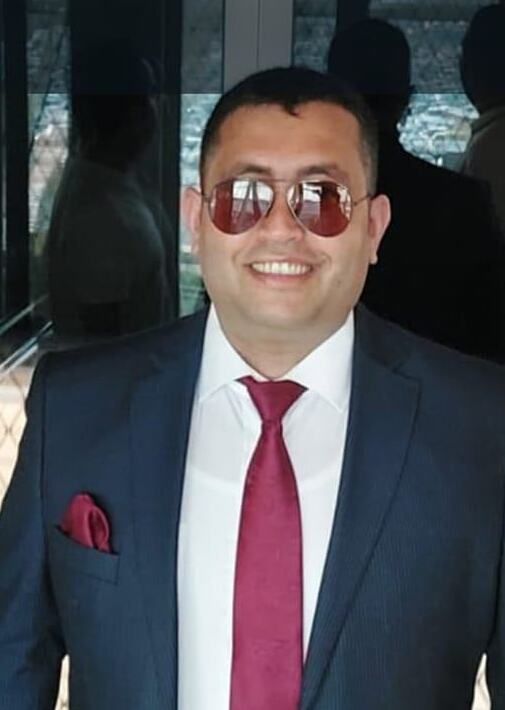Azerbaijan builds new frontline in global health security

In a world where medical supply chains remain vulnerable to geopolitical shifts, Azerbaijan is making a bold investment: building a pharmaceutical industry from the ground up. While modest in scale compared to global giants, the initiatives taking root in Pirallahı and other industrial zones signal something vital — an intent not just to import medicine, but to manufacture resilience.
The transformation began with a presidential decree in 2016, when President Ilham Aliyev established the Pirallahı Industrial Park, a 30-hectare facility designed to attract pharmaceutical entrepreneurs. What initially seemed an aspirational project is now entering a more mature phase. All space in the park has been allocated to residents, and more than ₼120 million in investment commitments have been made by seven companies. Over ₼45 million has already been spent, and around 160 permanent jobs have been created.
The momentum is real. Local production has surpassed ₼64 million, and the government is now considering expansion. In a country long reliant on imports for essential medicine, the Park’s output — from single-use syringes by Diamed Co MMC to drug packaging by R-Pharm MMC — represents a shift not just in policy but in national psychology: a turn toward industrial sovereignty.
Azerbaijan’s location at the crossroads of East and West positions it to become a regional pharmaceutical hub, if it can align ambition with execution. There is a certain quiet significance in the ongoing construction of a joint plant with Turkey’s Gen İlaç ve Sağlık Ürünleri A.Ş. — a project that marries national priorities with international expertise. Another plant, led by Scandens Pharmaceutical Industries, is underway in Absheron, while Israel’s BioPharmax has broken ground in the Alat Free Economic Zone, aiming to produce critical medicines, including insulin.
Still, it is too early to declare a pharmaceutical renaissance. Azerbaijan’s total 2024 pharmaceutical output stood at just ₼20 million, though it marked an 81.5% increase over the previous year. Drug production reached ₼9 million, up just 4%. These are positive but fragile signs. The real question is whether Azerbaijan can shift from assembling basic medical components to conducting R&D and producing high-value therapeutics. That demands a long-term strategy, not just industrial parks.
In many ways, Azerbaijan’s pharmaceutical ambitions mirror those of other developing economies: it wants to plug gaps, reduce import dependency, and ensure access to affordable medicine. But to succeed, it must also build the ecosystem behind the pills — a skilled labor force, academic partnerships, regulatory institutions, and a culture of scientific inquiry. Simply having a factory is not enough; there must be an idea of what that factory will produce tomorrow.
Moreover, the government must resist the urge to chase production metrics alone. Pharmaceutical success should be measured not only in manats but in outcomes — fewer shortages, improved public health indicators, and better access for vulnerable populations. At a time when global health insecurity looms large, this is about more than economic development. It is about dignity and self-reliance.
The early signs are promising. The right companies have been drawn in. The infrastructure is in place. But the next step — moving from imitation to innovation — will be the real test. If Azerbaijan can navigate that path with patience, strategy, and commitment, it may find that the cure it is manufacturing is not just medicine — but national strength.
Here we are to serve you with news right now. It does not cost much, but worth your attention.
Choose to support open, independent, quality journalism and subscribe on a monthly basis.
By subscribing to our online newspaper, you can have full digital access to all news, analysis, and much more.
You can also follow AzerNEWS on Twitter @AzerNewsAz or Facebook @AzerNewsNewspaper
Thank you!

